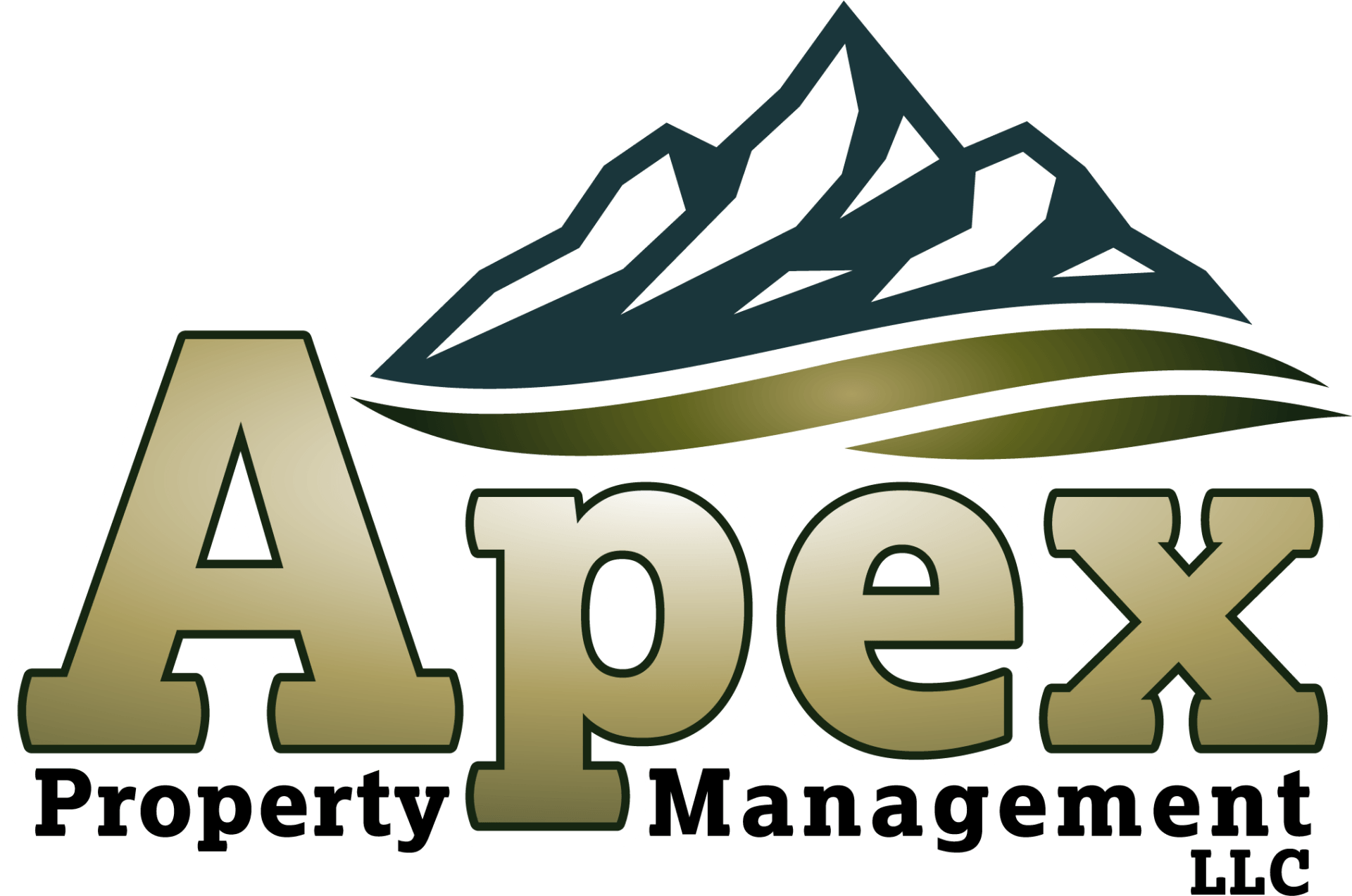Maximizing Rental Income from Single-Family Homes
Tips and Tricks for Landlords

Investing in single-family homes can be a lucrative venture for landlords. However, to maximize your income, you need to be strategic and proactive. Here are some essential tips and tricks to help you get the most out of your single-family rental property.
1. Understand Your Market
Before purchasing a rental property, conduct thorough market research. Look for areas with strong rental demand, good schools, low crime rates, and growing employment opportunities. Use tools like Zillow, Realtor.com, and local real estate reports to gather data.
Understanding your market helps you set competitive rents and attract quality tenants.
2. Optimize Rental Pricing
Setting the right rent is crucial. Price too high, and you’ll struggle to find tenants; price too low, and you leave money on the table. Compare similar properties in your area to determine a competitive rental price.
Consider using dynamic pricing strategies, which adjust rent based on demand, seasonality, and other factors.
3. Enhance Curb Appeal
First impressions matter. A well-maintained exterior can attract more potential tenants and justify higher rent. Invest in landscaping, fresh paint, and clean gutters.
Simple improvements like a new mailbox, house numbers, and exterior lighting can make a significant difference.
4. Renovate Smartly
Focus on renovations that offer high returns. Upgrading kitchens and bathrooms usually provides the best ROI. Consider energy-efficient appliances, modern fixtures, and durable flooring.
Ensure any renovations are in line with local market expectations – don’t over-improve for your area.
5. Screen Tenants Thoroughly
Quality tenants are key to steady rental income. Implement a thorough screening process that includes credit checks, employment verification, and rental history.
A good tenant will pay rent on time and take care of your property, reducing turnover and maintenance costs.
6. Reduce Vacancy Rates
Vacancies can be costly. Minimize turnover by fostering good landlord-tenant relationships. Be responsive to maintenance requests and considerate of tenant needs.
Offering lease renewals well in advance and keeping rent increases reasonable can also help retain tenants.
7. Utilize Technology
Adopt technology to streamline property management. Use property management software to track rent payments, maintenance requests, and tenant communications.
Digital tools can save time and reduce errors, allowing you to focus on growing your portfolio.
8. Implement Regular Maintenance
Preventative maintenance can save you money in the long run. Schedule regular inspections and address small issues before they become major problems.
This approach not only preserves your property’s value but also keeps tenants happy and reduces turnover.
9. Offer Additional Services
Consider offering additional services to tenants, such as lawn care, snow removal, or cleaning services.
These can be added to the rent, providing extra income while making your property more attractive to potential renters.
10. Consider Short-Term Rentals
If your property is in a desirable location, consider short-term rentals through platforms like Airbnb or VRBO.
This strategy can generate higher monthly income compared to traditional long-term leases, but be aware of local regulations and the additional management effort required.
11. Tax Benefits and Deductions
Take advantage of tax benefits available to landlords. Keep detailed records of all expenses related to your rental property, including repairs, property management fees, and mortgage interest.
Consult with a tax professional to ensure you’re maximizing deductions and complying with tax laws.
12. Continuous Education
The real estate market is dynamic. Stay informed about market trends, property laws, and new investment strategies.
Join local real estate investment groups, attend seminars, and subscribe to industry publications. Continuous education helps you make informed decisions and adapt to changing market conditions.
Conclusion
By implementing these strategies, landlords can maximize their income from single-family homes while ensuring their properties remain attractive and well-maintained. Success in real estate investment comes from being proactive, staying informed, and always looking for ways to add value to your properties and services.



